Affiliate links on Android Authority may earn us a commission. Learn more.
Here are the best smartphones offering a near-stock Android experience
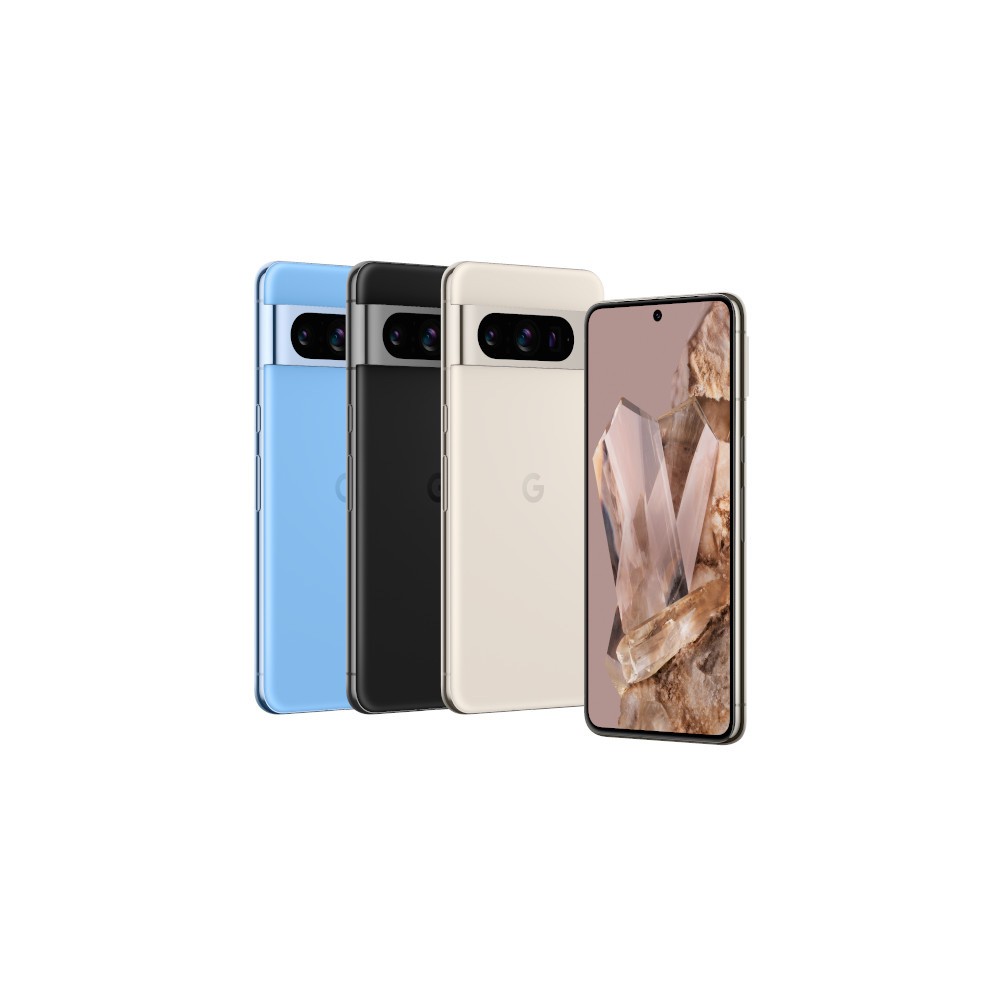
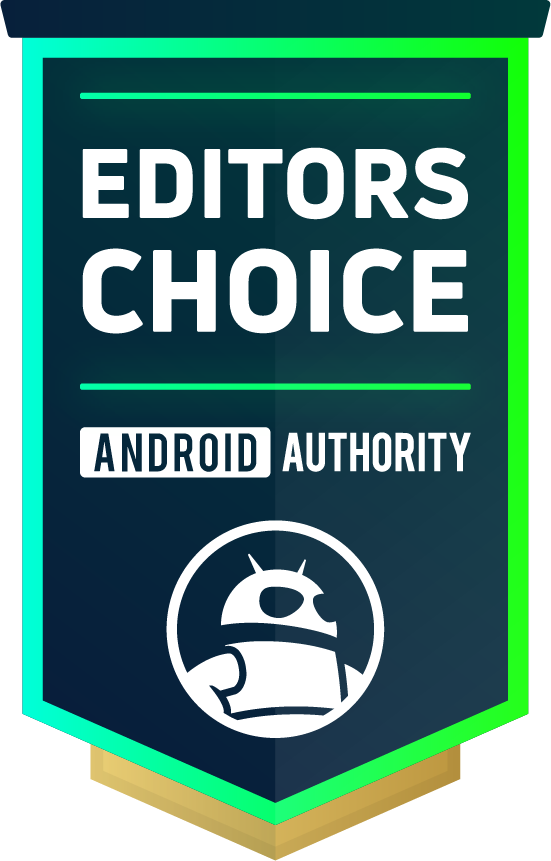
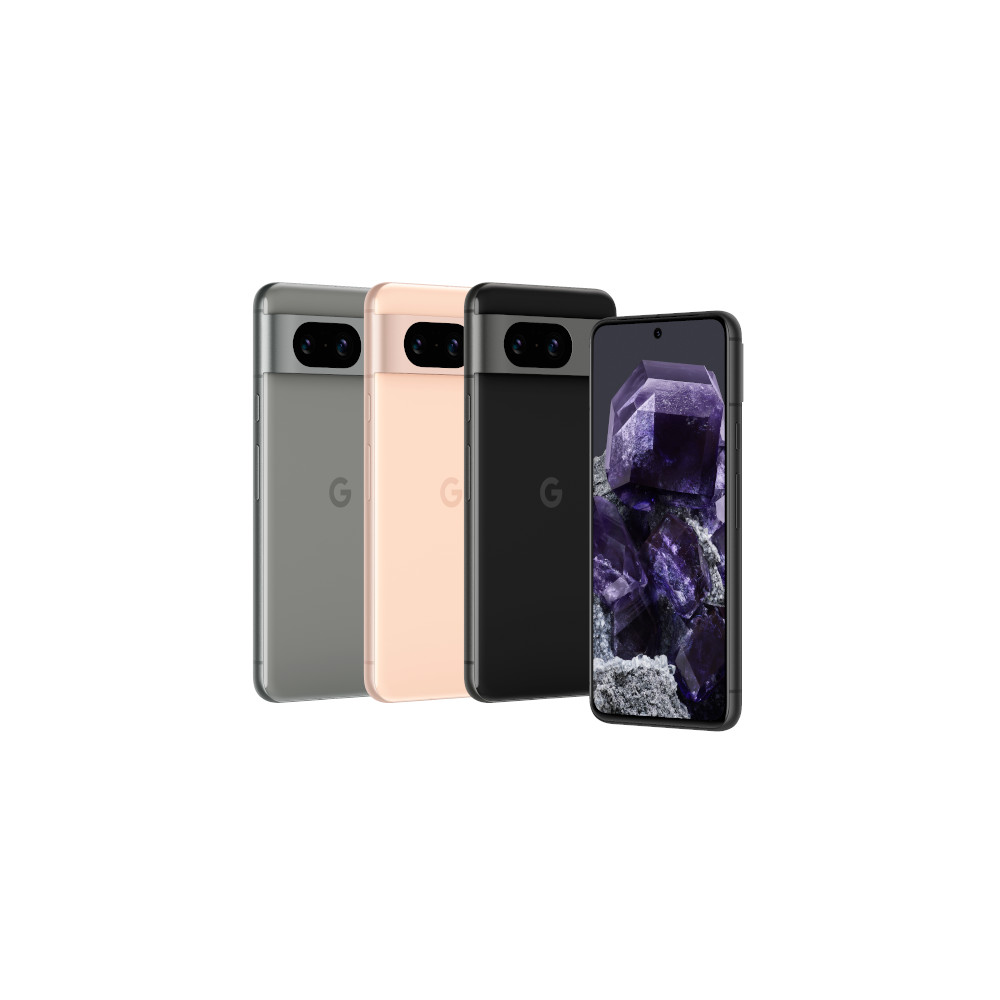
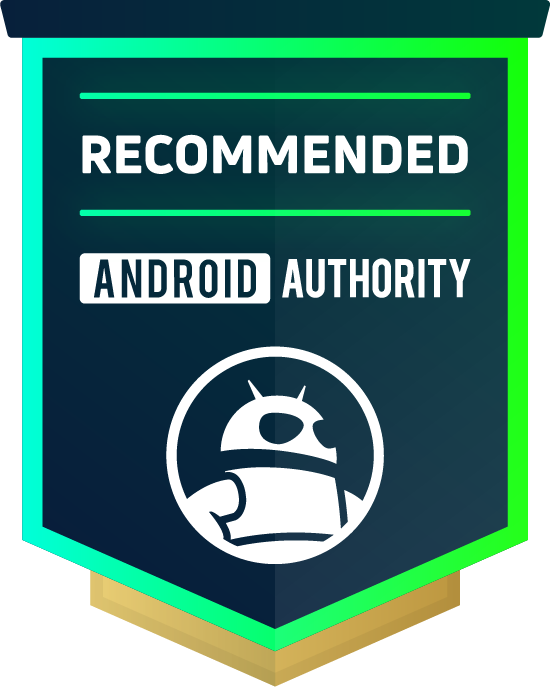
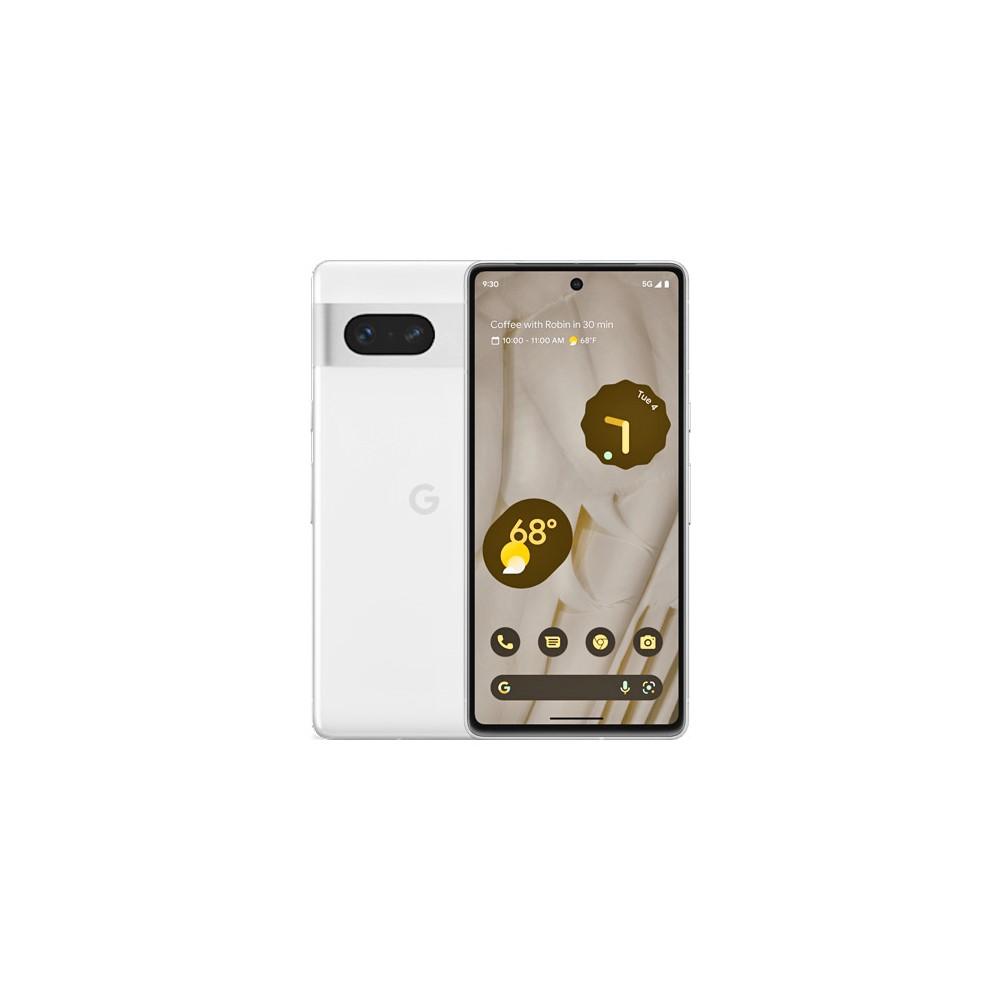

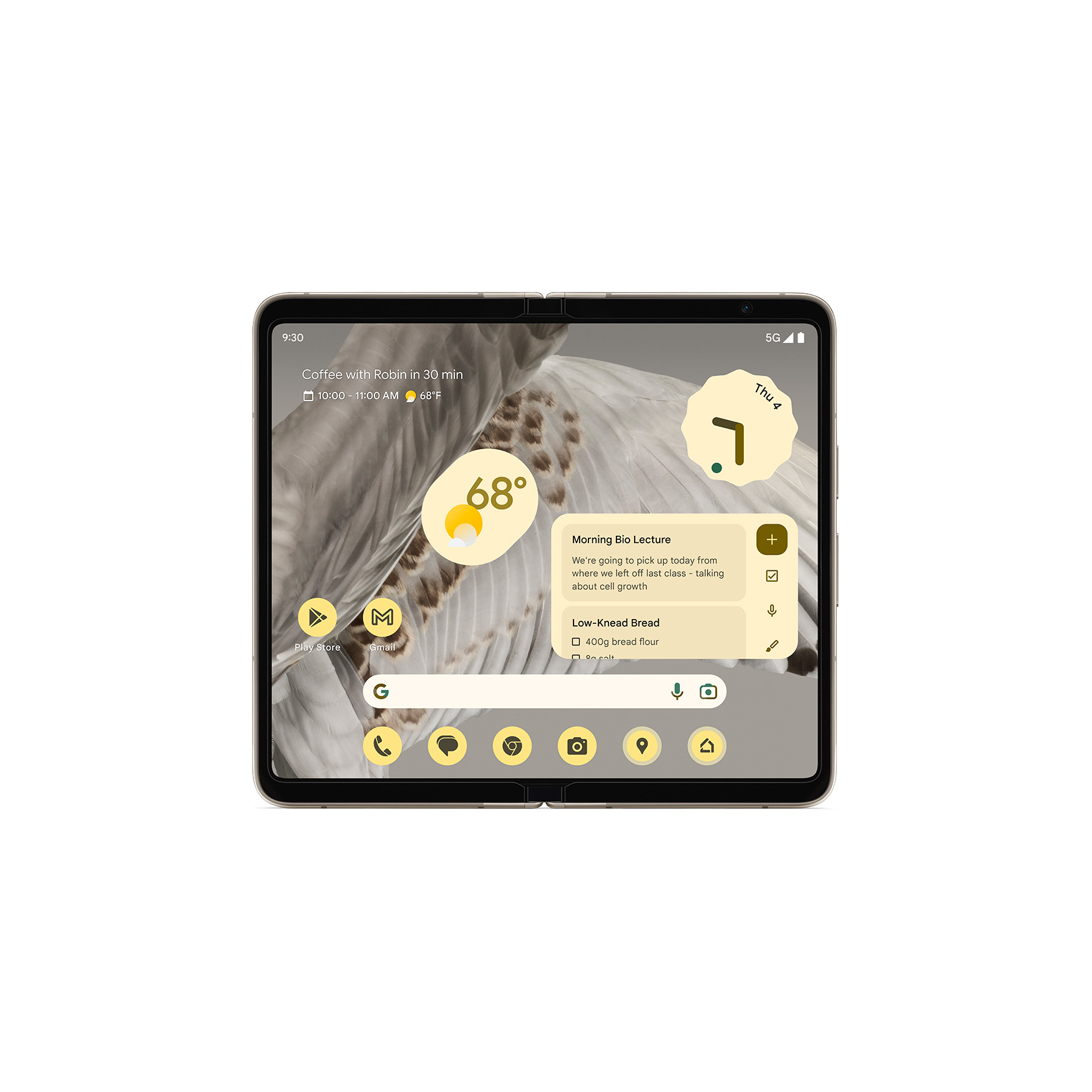








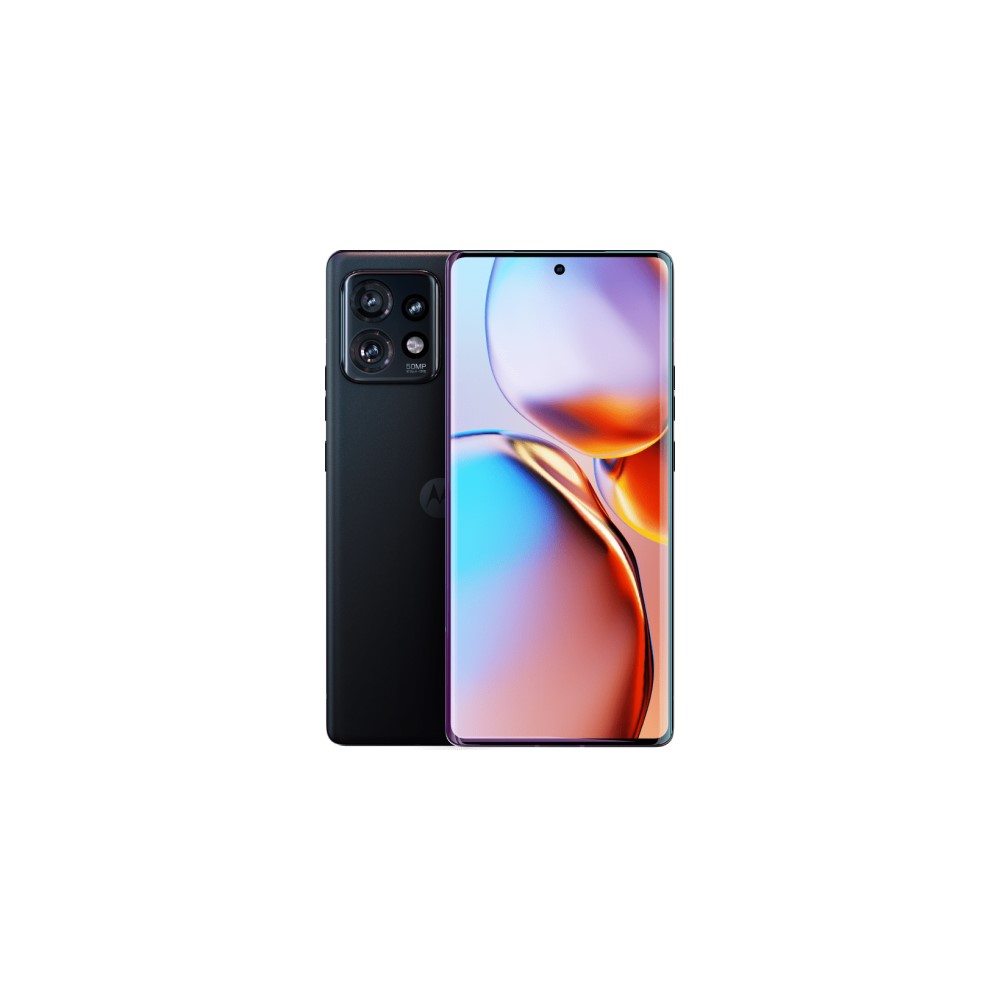

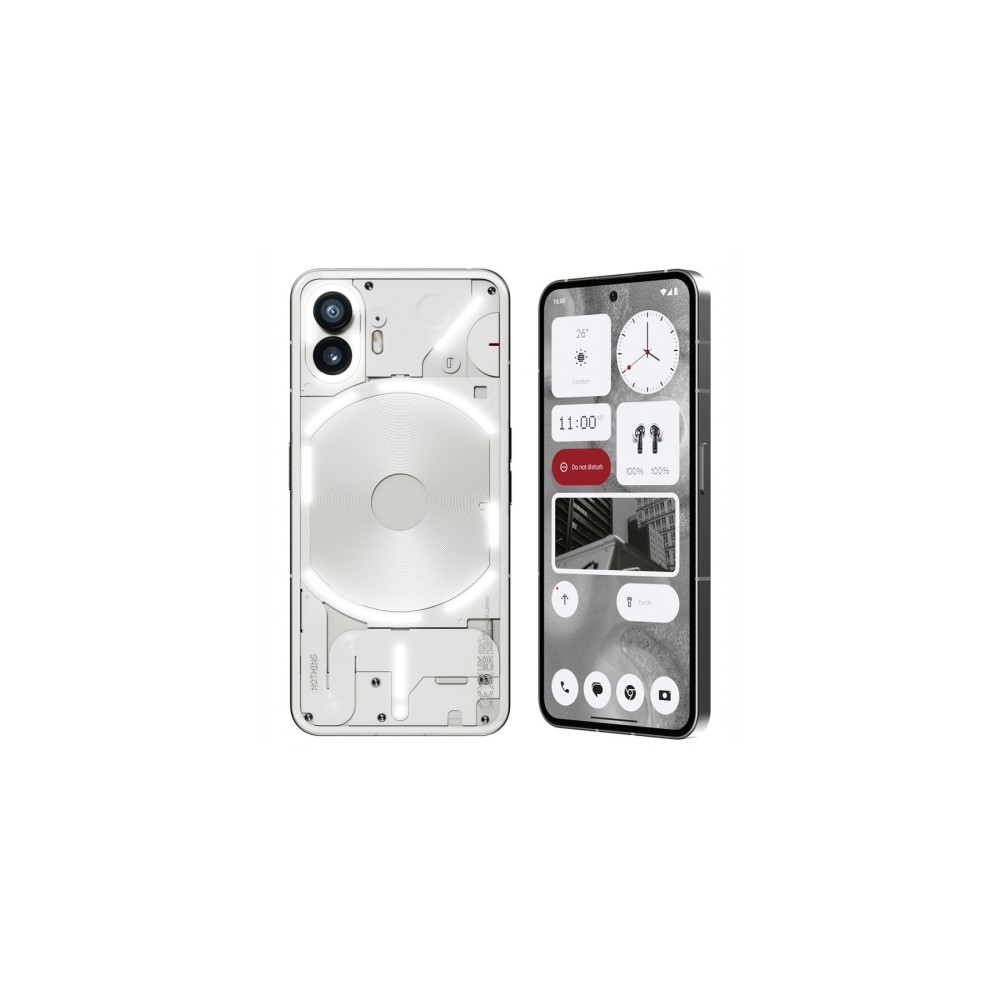

Most phone makers add a custom UI on top of Android — such as OnePlus’ OxygenOS or Samsung’s One UI — with extra features and a different design. However, these so-called “skins” often come with pre-installed apps and extra flare, which impacts the overall user experience. That’s why there’s a demand for phones with stock Android, which a manufacturer hasn’t modified.
If you’re in the market for a phone running stock Android, you might be sad to hear true stock Android is pretty hard to find these days. Even Pixel handsets come with the Pixel UI launcher. Save for Android One handsets, which are affordable and meant for emerging markets, pretty much all devices have some modifications. This is why we’ll mainly focus on phones with a “near-stock Android” experience.
The best phones with near-stock Android
Editor’s note: We will regularly update this list of the best near-stock Android phones as new devices launch.
Google Pixel 8 series
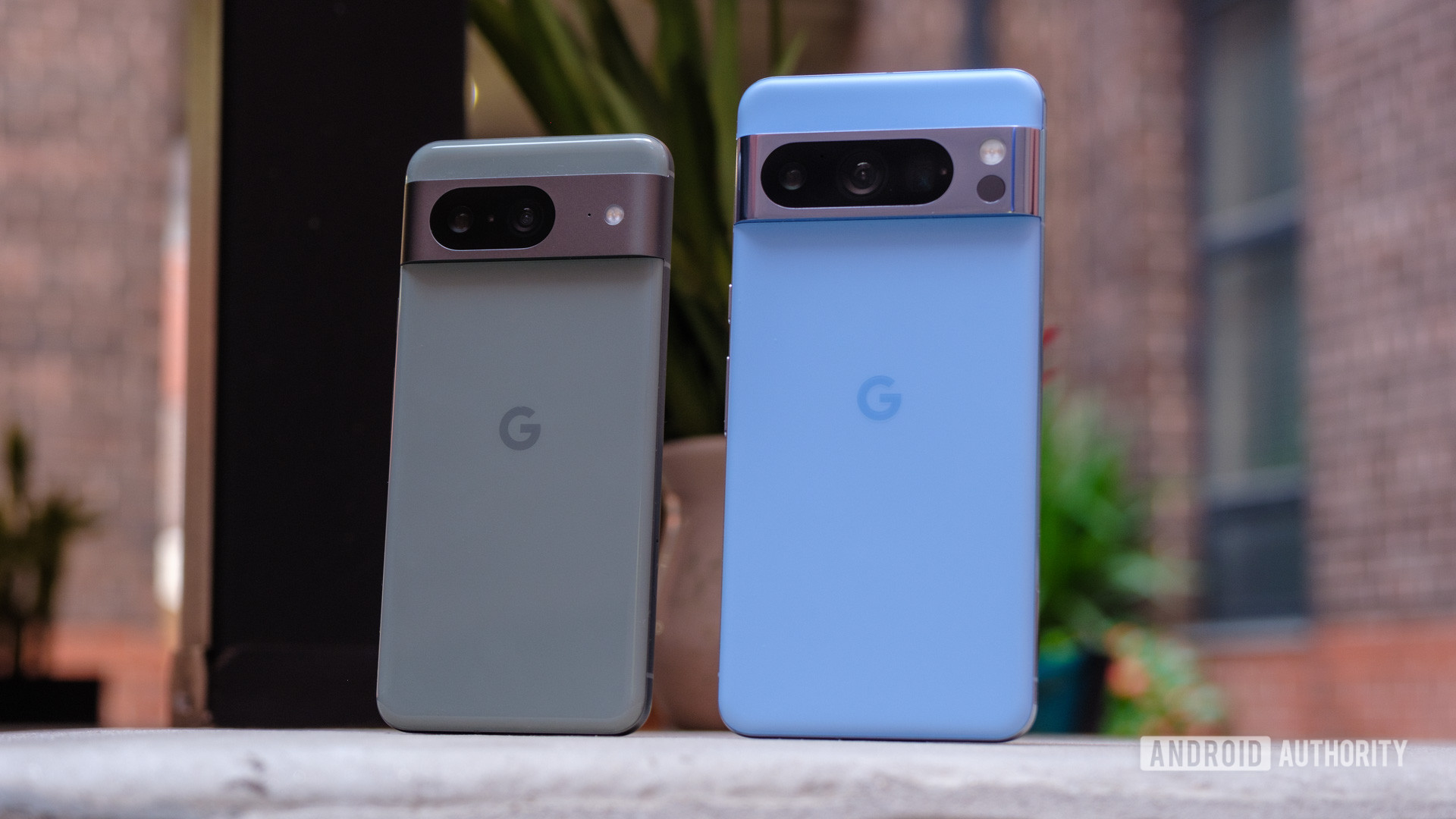
Of course, the latest and greatest from Google will obviously be among the best phones with near-stock Android. These are the Google Pixel 8 and Pixel 8 Pro. Both come with a refined design, improved upon the one we saw in the Pixel 7 and Pixel 6 series.
These feature high-end performance, even if the Tensor G3 chipset can get a bit too hot. As expected, the cameras are among the best the industry has to offer. Overall, these phones are meant to compete only against the best.
Because they are Google phones, the search giant is promising a pretty healthy update promise, too. These will get a whopping seven years of OS upgrades! And while these are very close to stock Android, Google always manages to add some great, non-intrusive, Pixel-only features to its devices.




Google Pixel 8 specs:
- Display: 6.2-inch, Full HD+
- SoC: Google Tensor G3
- RAM: 8GB
- Storage: 128/256GB
- Cameras: 50 and 12MP
- Front camera: 10.5MP
- Battery: 4,575mAh
- Software: Android 14
Pixel 8 Pro specs:
- Display: 6.7-inch, 1,344 x 2,992
- SoC: Google Tensor G3
- RAM: 12GB
- Storage: 128/256/512/1,024GB
- Cameras: 50, 48, and 48MP
- Front camera: 10.5MP
- Battery: 5,050mAh
- Software: Android 14
Google Pixel 7a
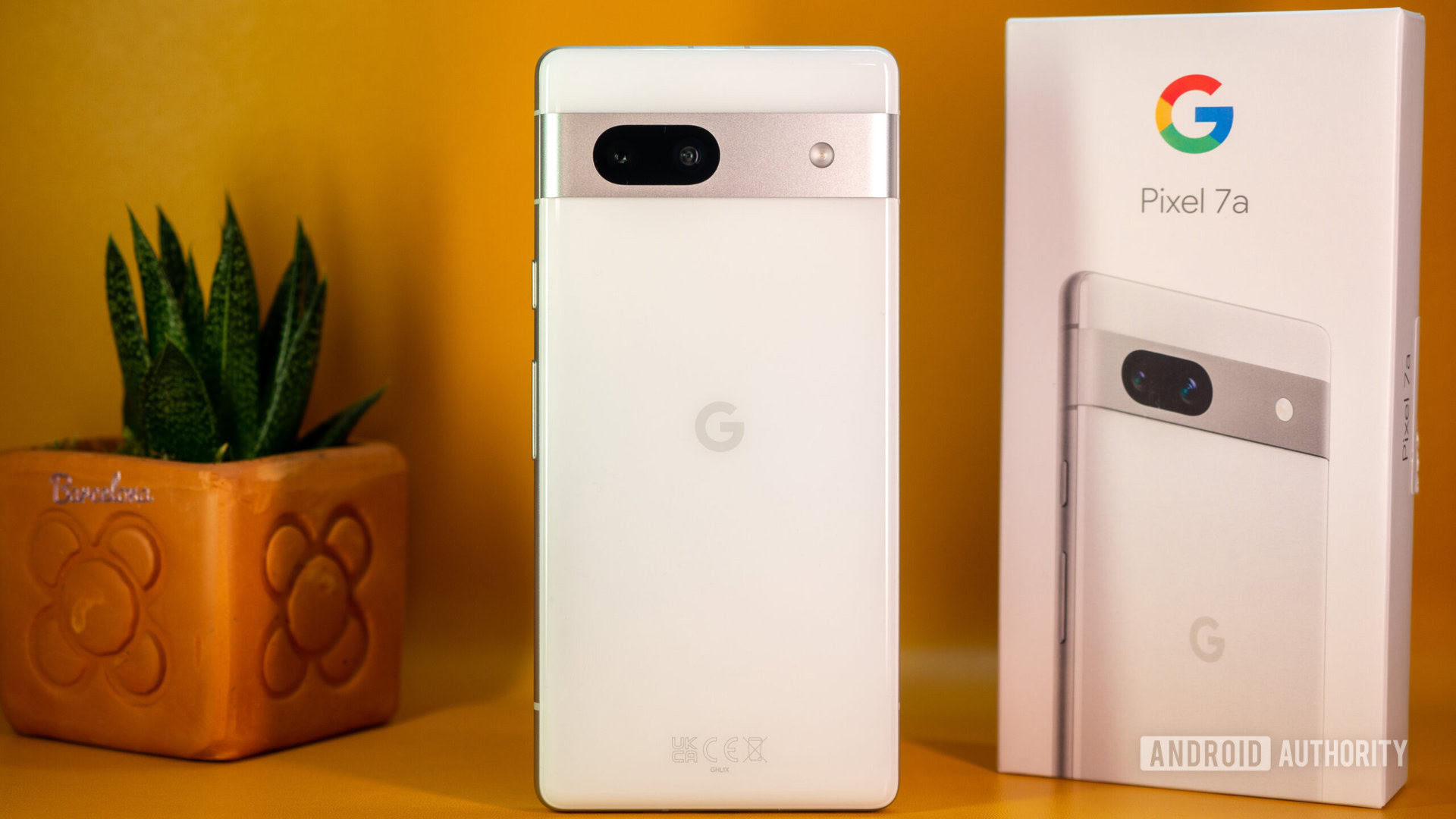
Those looking for a Google smartphone that will keep their wallet healthy should look at the Pixel 7a. It has enough power to keep most casual users happy, supports 5G, and is one of the best phones with a near-stock Android experience. It’s also one of the best budget phones overall.
You get a pretty sizeable 4,385mAh battery, which we managed to use through an entire day of casual usage during our Pixel 7a review. The battery was still at 20% by the end of day, so at the very least, you can use it for an entire workday on a single charge. It also comes with stereo speakers and an IP67 rating. Like all other Pixels, it also features a camera that is way too good for this price range and challenges even high-end phones. Especially since the newer Pixel 7a now has a 64MP primary sensor, a significant upgrade over the 12.2 camera on its predecessor.
Of course, Google had to make some sacrifices somewhere. The design isn’t as premium, and the phone is mainly made of plastic. That said, this time around, Google decided to add wireless charging, even if it’s pretty slow at 7.5W. The only bad news is that, while the phone is the most premium Pixel A handset Google has created, it also costs more at $500.
The Pixel 7a still features a powerful Google Tensor G2 chipset, and a pretty modest 6GB of RAM. These performed very well in our tests, and we didn’t experience any hiccups. The processor can get pretty hot with heavier loads, though.


Pixel 7a specs:
- Display: 6.1-inch, Full HD+
- SoC: Google Tensor G2
- RAM: 6GB
- Storage: 128GB
- Camera: 64 and 13MP
- Front camera: 13MP
- Battery: 4,385mAh
- Software: Android 13
Google Pixel Fold
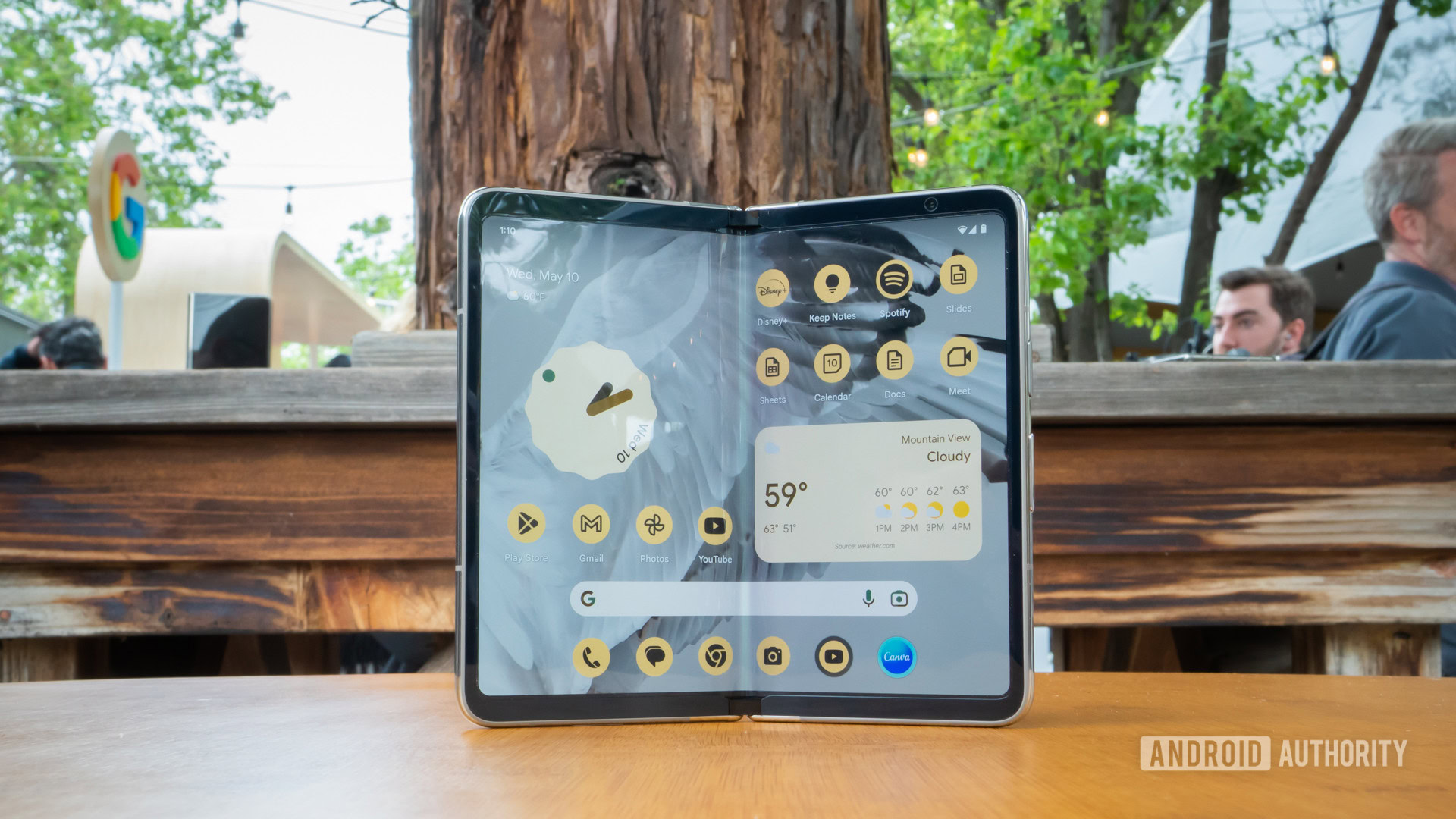
The Google Pixel Fold signals the company’s entry into the world of foldable phones. Being a Google phone, it has a bloat-free and clean UI, making it one of the best phones with stock Android. At the very least, it represents what foldable phones with stock Android should be like, according to Google.
While mighty expensive at $1,800, it’s also a very capable device with all the bells and whistles you’ll find in a 2023 flagship. The Google Tensor G2 and 12GB of RAM keep the device snappy. Regardless, performance was never an issue. This processor tends to get a bit too hot for our liking, but it performs.
The external display measures 5.8 inches but has a wider 4:9 ratio, making it more functional and easier to navigate. The internal, bigger screen measures 7.6 inches. Both have a 120Hz refresh rate, so everything will look silky smooth. The cameras also performed excellently during our tests.
All that said, we actually weren’t fans of the battery life, and the device is obviously heavy. Not many apps are optimized for these display proportions, either.


Pixel Fold specs:
- Display: External 5.8-inch 2,092 x 1,080, internal 7.6-inch 2,208 x 1,840
- SoC: Google Tensor G2
- RAM: 12GB
- Storage: 256/512GB
- Camera: 48, 10.8, and 10.8MP
- Front camera: External 9.5MP, internal 8MP
- Battery: 4,821mAh
- Software: Android 13
ASUS ROG Phone 8 series
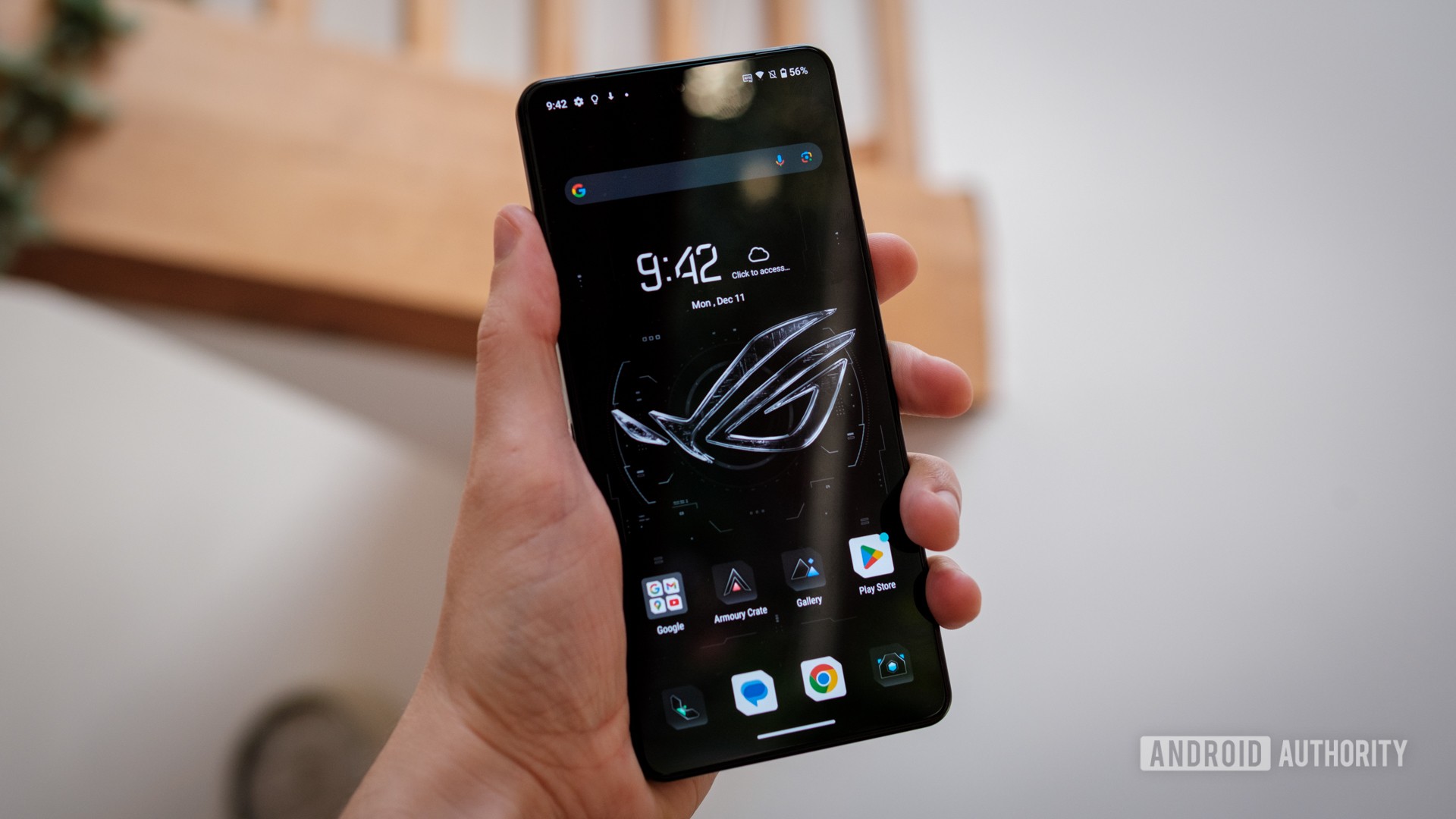
The ASUS ROG Phone 8 series consists of two phones. First, there’s the standard ASUS ROG Phone 8, which is still an amazingly powerful device. Specs include a Qualcomm Snapdragon 8 Gen 3, 12-16GB of RAM, 256GB of storage, a large 6.78-inch display with a 165Hz refresh rate, and a 5,500mAh battery.
The ASUS ROG Phone 8 Pro is a more capable version of the standard iteration. The Pro edition gets upgraded with 16GB to 24GB of RAM and 512GB to 1TB of storage. The main visual difference here is that the ROG Phone 8 has an illuminated logo on the back. The Pro model comes with a mini LED matrix section that can be customized.
Both are great devices, even for the most demanding users, and ASUS is known for offering a very clean UI. There will be some gaming enhancements in software, such as the Armoury Crate app, but those can be hidden out of the way most of the time. There are also a lot of noise effects that sound very gamer-inspired, but those can also be customized.
In our review, we praised the ROG Phone 8 for its impressive performance, amazing battery life (when not gaming), super fast charging, and a great selection of accessories. And this time around, the camera is actually pretty good (albeit not amazing). We were also pleasantly surprised by the fact it actually has an IP68 rating, which is rare in gaming devices.



ROG Phone 8 specs:
- Display: 6.78-inch, FHD+
- SoC: Snapdragon 8 Gen 3
- RAM: 12/16GB
- Storage: 256GB
- Cameras: 50, 32, and 13MP
- Front camera: 32MP
- Battery: 5,500mAh
- Software: Android 14
ROG Phone 8 Pro specs:
- Display: 6.78-inch, FHD+
- SoC: Snapdragon 8 Gen 3
- RAM: 16/24GB
- Storage: 512/1,024GB
- Cameras: 50, 32, and 13MP
- Front camera: 32MP
- Battery: 5,500mAh
- Software: Android 14
ASUS ZenFone 10
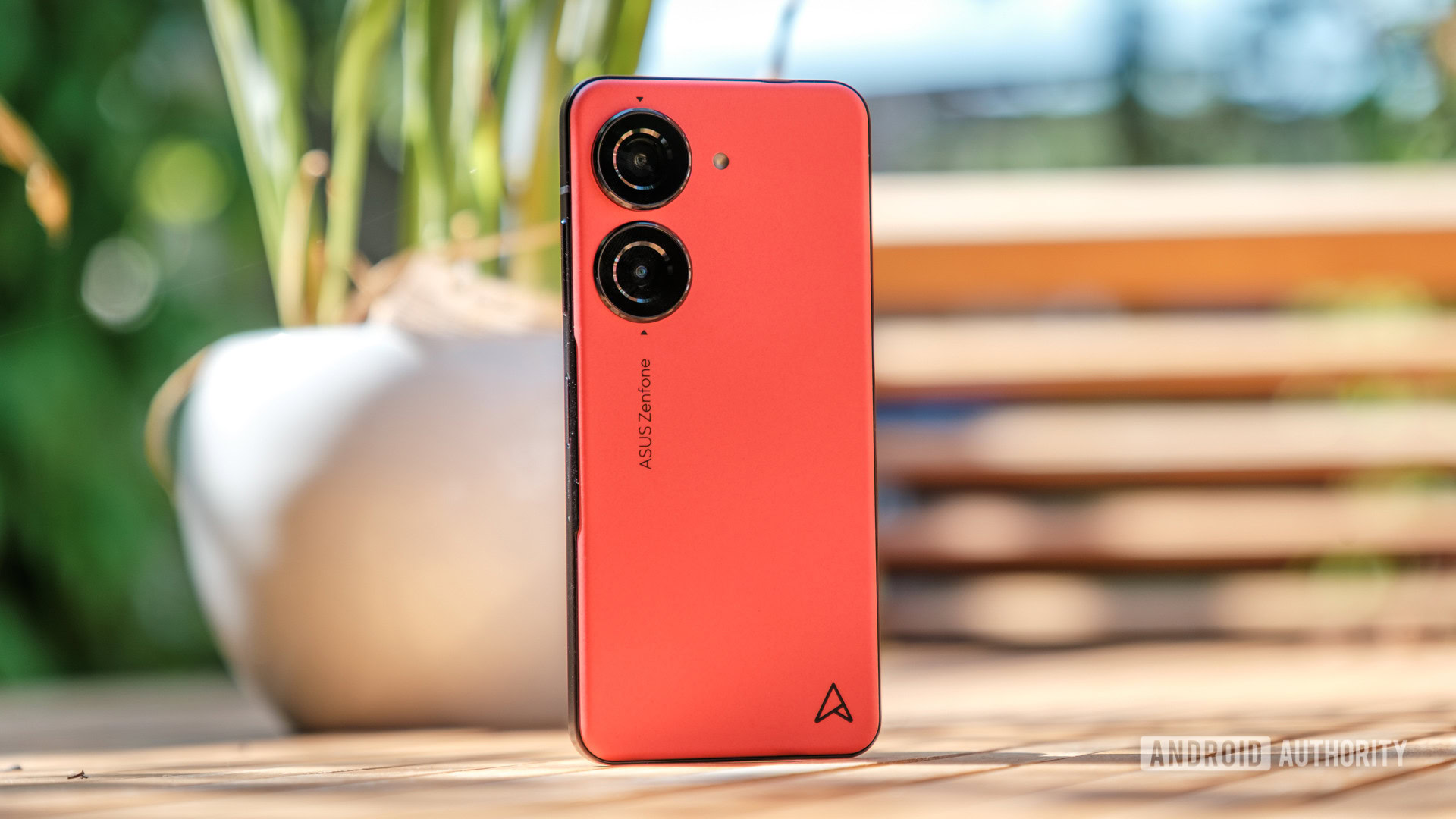
The ASUS ZenFone 10 may not look like much, but it’s one of the best phones with near-stock Android. Mostly because of its smaller size and simpler looks, but it happens to be a pretty interesting handset. Some people like smaller devices, and a minimalist look isn’t always a bad thing.
If you can live with a smaller phone, you’ll be rewarded with a great build quality, very solid performance, and excellent battery life. Our only complaints were the lack of a telephoto camera and the fact that the phone can get pretty toasty while gaming. Really, though, which phone doesn’t?
We were fans of its gestures, too. You can take advantage of Zen Touch, double tapping on the back, the smart key, and a selection of gestures we already saw in the ZenFone 9. It’s a great phone, and the price is just right, too.


ZenFone 10 specs:
- Display: 5.92-inch, Full HD+
- SoC: Snapdragon 8 Gen 2
- RAM: 8/16GB
- Storage: 128/256/512GB
- Cameras: 50 and 13MP
- Front camera: 12MP
- Battery: 4,300mAh
- Software: Android 13
Sony Xperia 1 V
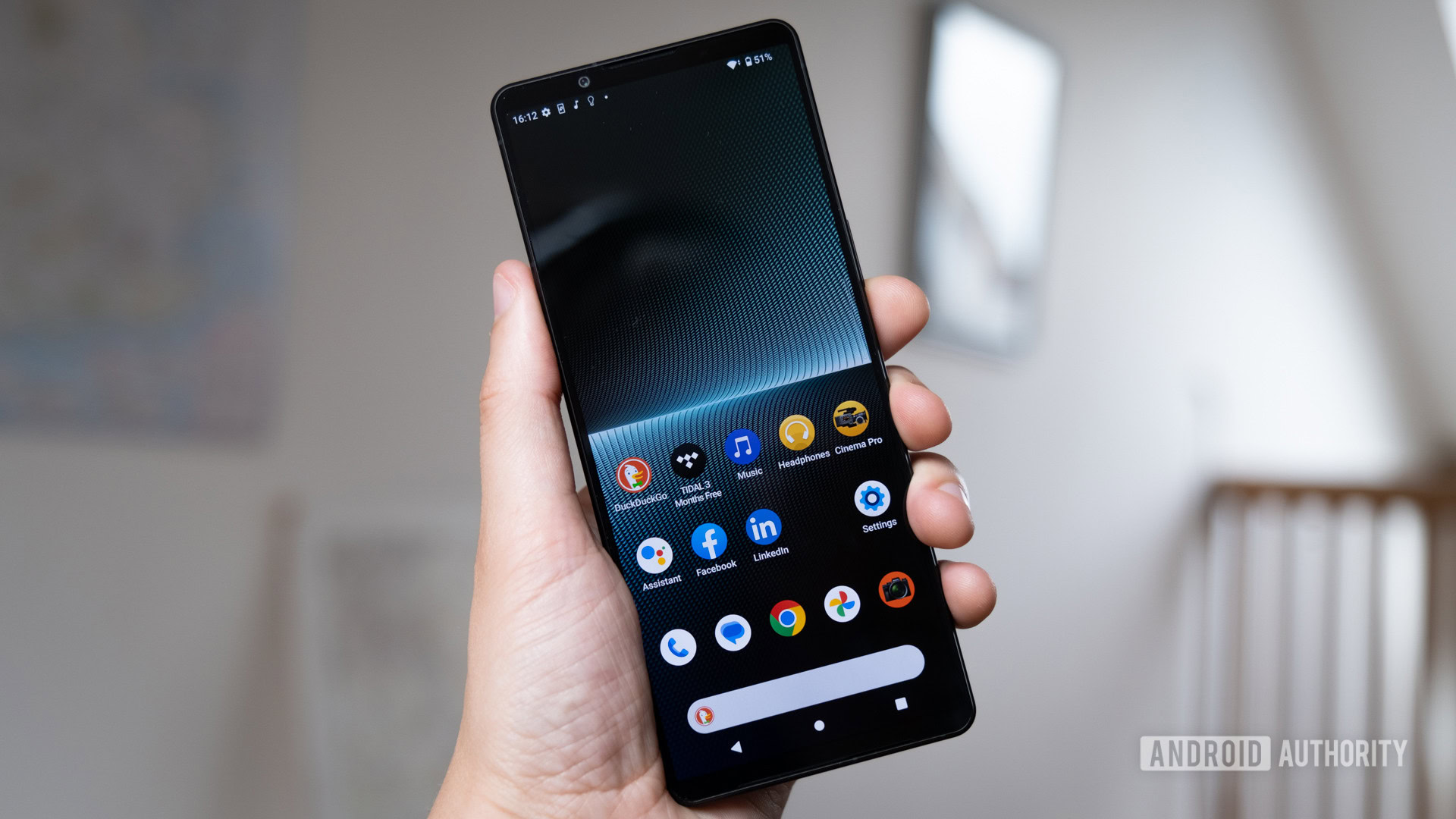
Sony’s UI is super clean and keeps things as simple as they get. This makes the Sony Xperia 1 V one of the best phones with near-stock Android.
Its most significant drawback is its price, as it carries a hefty $1,400 starting price tag. The phone is quite the beast if money is no issue. Battery life is excellent; we managed to get two days out of a single charge, with light use. And it was able to easily reach a full day under pressure.
The phone is a beast, and competes only with the best out there. The 4K display is gorgeous, performance is nothing to scoff at, and the cameras are pretty awesome. Especially if you like taking video. Sony has brought its experience from the camera market, offering insane focusing speeds, as well as great features such as eye autofocus and professional controls.
If you think the Sony Xperia 1 V is a bit too much, you can also opt for the Sony Xperia 5 V ($799.94 at Amazon). It isn’t exactly cheap, but it costs less.


Xperia 1 V specs:
- Display: 6.5-inch, 4K
- SoC: Snapdragon 8 Gen 2
- RAM: 12GB
- Storage: 256/512GB
- Cameras: 48, 12, and 12MP
- Front camera: 12MP
- Battery: 5,000mAh
- Software: Android 13
Motorola Edge Plus (2023)
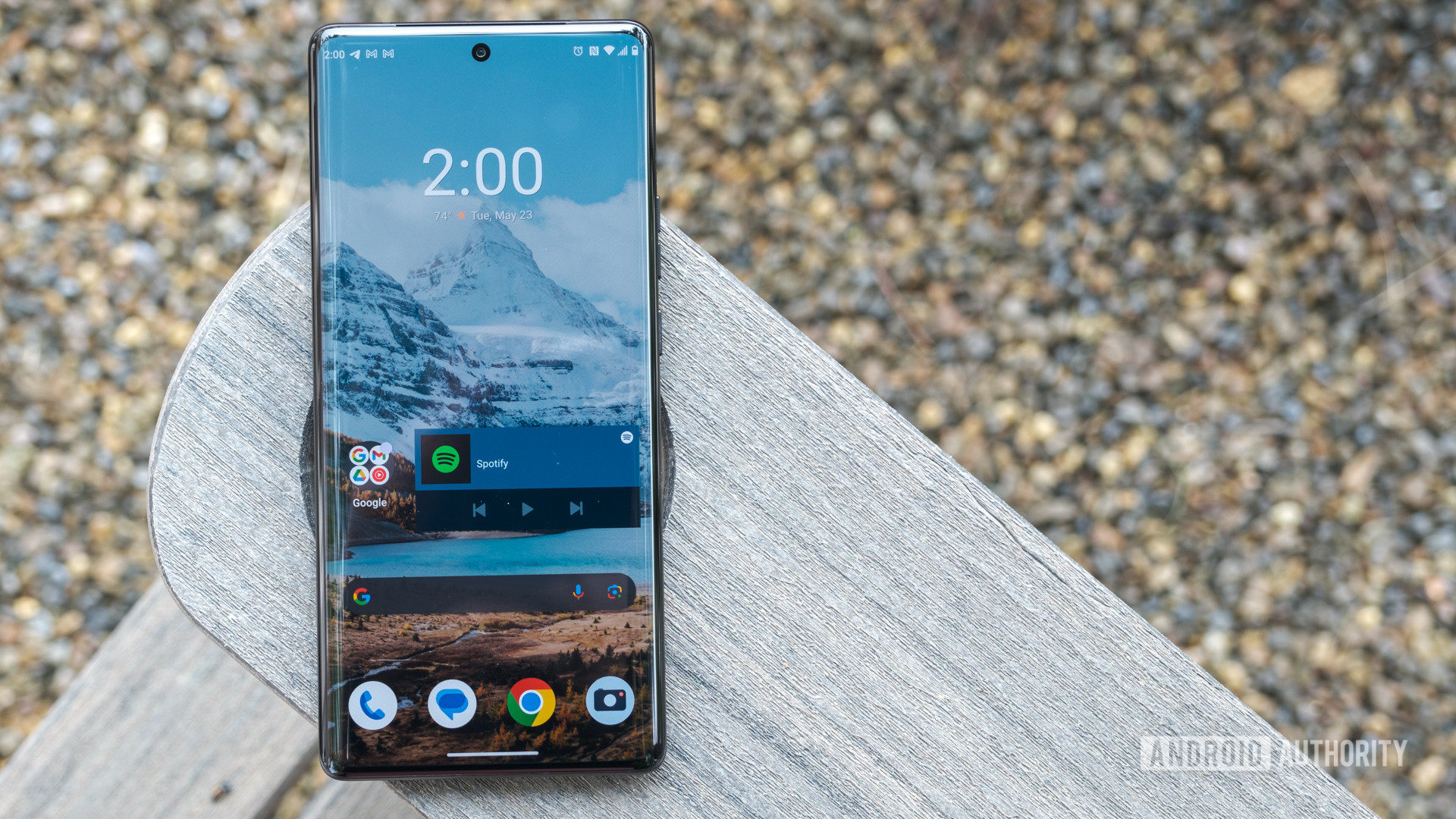
Those looking for a capable and good-looking high-end device that doesn’t cost over a grand, should consider the Motorola Edge Plus (2023). It’s undoubtedly one of the best devices with a near-stock Android experience, as you can see in the image above.
The device is quite impressive for its $800 price point, offering high-end performance, a premium construction, and a pretty nice camera system.
Additionally, the charging speeds reach 68W, and can juice up the device entirely in about 50 minutes. The battery life is also great, and we were able to make the device last for two days on a single charge. The display is pretty outstanding, too. Primarily because of its OLED panel with a 165Hz refresh rate.


Edge Plus specs:
- Display: 6.67-inch, Full HD+
- SoC: Snapdragon 8 Gen 2
- RAM: 8GB
- Storage: 512GB
- Cameras: 50, 50, and 12MP
- Front camera: 60MP
- Battery: 5,100mAh
- Software: Android 13
Nothing Phone 2
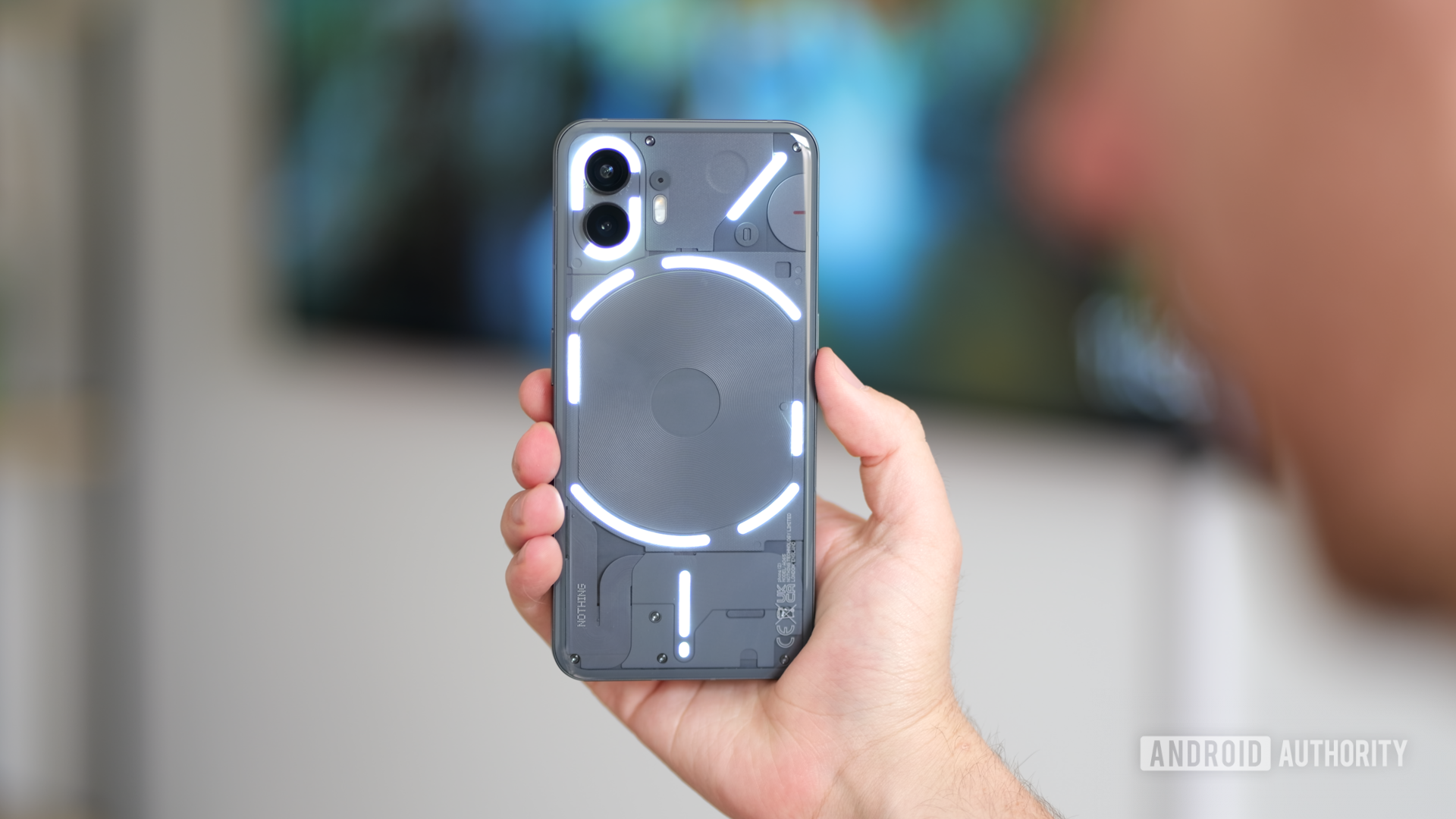
The Nothing Phone 2 is the second handset released by the company founded by Carl Pei — co-founder of OnePlus. As flashy as it looks, it is actually a very simple device, as its name entails. It is one of the best near-stock Android devices. Not to mention the price, which is very enticing at $600.
You actually get a pretty good phone for your money here. The design is gorgeous, for starters. It also has a very nice LTPO OLED panel with a 120Hz refresh rate. We also liked its primary camera. While it doesn’t have the latest and greatest processor, the Snapdragon 8 Plus Gen 1 is a stunning performer, too.
If you care for good battery life, this phone has it. We were able to make it last for a day and a half and were left with 10% leftover with casual usage. The 45W charging also helps it juice up in under an hour.


Nothing Phone 2 specs:
- Display: 6.7-inch, FHD+
- SoC: Snapdragon 8 Plus Gen 1
- RAM: 8/12GB
- Storage: 128/256/512GB
- Cameras: 50 and 50MP
- Front camera: 32MP
- Battery: 4,700mAh
- Software: Android 13
FAQs
Stock Android, also known as vanilla Android, refers to an unaltered version of the Android mobile operating system. It should ideally have no modifications or additions by manufacturers or carriers.
Nearly all phones out there have some form of software modification. This is why we have decided to recommend near-stock Android devices instead. Even Pixel phones have slight modifications. Currently, only Android One devices have stock Android.
While manufacturer and carrier additions can help, sometimes they can go a bit overboard. A clean UI will guarantee a much less convoluted experience. Not to mention the fact that having too much stored in a phone can affect memory usage, as well as performance.
The only way to do this is through flashing a custom ROM, but that requires obtaining root access and tinkering heavily with a phone, which can void your warranty and harm your device. The safer alternative is to use a launcher.
If you’re unhappy with any of these phones, maybe it’s time to consider going another route. The great thing about Android is you can customize it to your liking. Check out our list of the best Android launchers available.